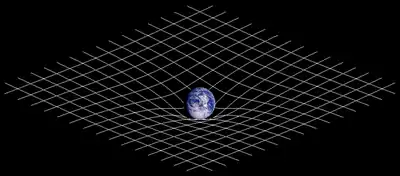Ernst equation
In mathematics, the Ernst equation[1] is an integrable non-linear partial differential equation, named after the American physicist Frederick J. Ernst.[2]
The Ernst equation
The equation reads:
For its Lax pair and other features see e.g. [3][4] and references therein.
Its usage
The Ernst equation is employed in order to produce the exact solutions of the Einstein's equations in the general theory of relativity.
References
- [http://mathworld.wolfram.com/ErnstEquation.html Weisstein, Eric W, Ernst equation, MathWorld--A Wolfram Web.]
- "Biography of Frederick J. Ernst". Archived from the original on 2018-01-04. Retrieved 2017-05-09.
- Harrison, B. Kent (30 October 1978). "Bäcklund Transformation for the Ernst Equation of General Relativity". Physical Review Letters. American Physical Society (APS). 41 (18): 1197–1200. doi:10.1103/physrevlett.41.1197. ISSN 0031-9007.
- Marvan, M. (2004). Recursion operators for vacuum Einstein equations with symmetries. Proceedings of the Conference on Symmetry in nonlinear mathematical physics. Proceedings of the Institute of Mathematics of the National Academy of Sciences of Ukraine. 50. Kyiv, Ukraine. pp. 179–183. arXiv:nlin/0401014.
This article is issued from Wikipedia. The text is licensed under Creative Commons - Attribution - Sharealike. Additional terms may apply for the media files.

